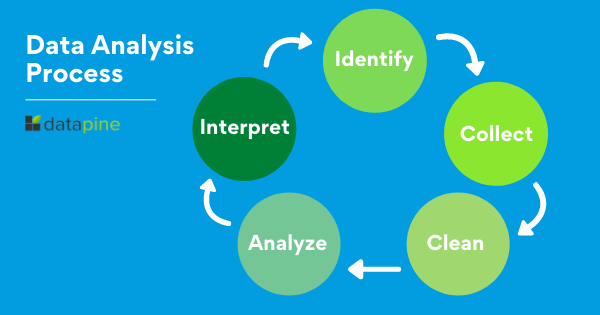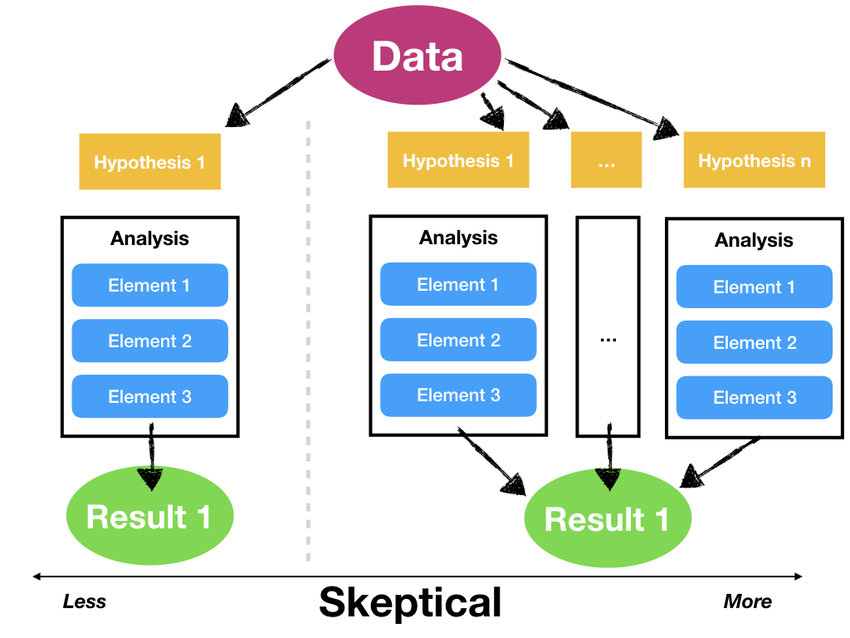How to Incorporate Data Analysis in Your Assignments
Incorporating data analysis into assignments can greatly enhance the quality and depth of the work and provide precious skills workable to colourful fields. Data dissection involves collecting, associating, interpreting, and presenting data to decide meaningful perceptivity and make informed conclusions. Whether there is working out on a research paper, a business case study, or any other assignment, integrating data analysis can bring rigour and substantiation-grounded logic to any work.
The first step in incorporating data analysis into assignments is to identify the purpose of the assignment. Easily outline the objects one wants to achieve and determine how data analysis can support those objects. Is anybody trying to discover patterns, trends, or connections? Is anybody likening no identical variables? A clear purpose will support people in electing applicable data sources and logical ways.
Once the purpose is identified, the step is to collect applicable data. Collect dependable and applicable data that aligns with the research question or assignment content. Data can be attained from colourful sources, like checks, trials, intimately accessible datasets, or online depositories. Ensure that the collected is valid, dependable, and able for the analysis intended to achieve.

After collecting the data, it is pivotal to systematize and clean it before analysis. This process involves data formatting, incorporating multitudinous datasets, handling missing valuations, and removing clones. Proper data association and drawing ensure the delicacy and trust ability of the analysis.
With clean and systematized data, one can also elect applicable logical ways. Multitudinous styles are accessible, similar to descriptive statistics, retrogression analysis, thesis testing, data visualization, and engine literacy algorithms.
Once the logical ways are taken, one can start assaying and interpreting the data. Apply the named styles to adopt meaningful perceptivity from the data. This step involves performing computations, generating graphs or maps, conducting statistical experiments, and probing connections between variables. Precisely interpret the effects, pressing significant rulings and patterns that align with the assignment’s objects.

It is important to give environment and elucidation for the data analysis in any assignment. Relate the rulings to the exploration question or assignment content. Exercise clear and effective language to support the statements and understand the perceptivity deduced from the data. Also, use data visualization ways to present the rulings effectively. Visual representations like maps, graphs, and infographics can make important information more popular and engaging. When incorporating data analysis into any assignment, it is pivotal to give proper citations for the data sources that have been exercised. Citing the sources enhances the work’s credibility and allows compendiums to corroborate the data singly. Follow the applicable hymn phraseology, similar to APA, MLA, or Chicago, and carry in-textbook citations and a complete reference list.
It is also important to use the terminations of the data analysis. Acknowledge and address constraints related to sample size, data quality, or the taken logical ways. Agitating terminations demonstrate an overcritical understanding of the work and help researchers to interpret the rulings directly. Eventually, reflect on the data dissection process itself. After completing the assignment, recall what went along well, what expostulations have been encountered, and what advancements could be made in unborn systems. Reflecting on the experience will enhance my skills and make me further complete in incorporating data analysis in upcoming assignments. Incorporating data analysis into assignments can append depth, rigour, and credibility to any work. By following this way- relating the purpose, collecting applicable data, disposing and drawing the data, opting for applicable logical ways, assaying and interpreting the data, furnishing environment, and elucidation, imaging data, supporting with citations, agitating terminations, and reflecting on the process- anyone can effectively incorporate data analysis into the assignments and decide meaningful perceptivity from the data. Developing command in data analysis will equip me with precious skills that are workable in colourful intellectual and professional settings.





kindly read The Impact of AI on Our Future
need to learn